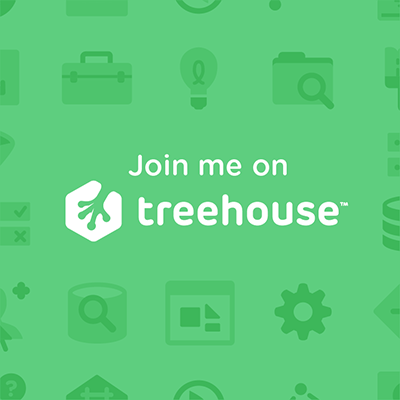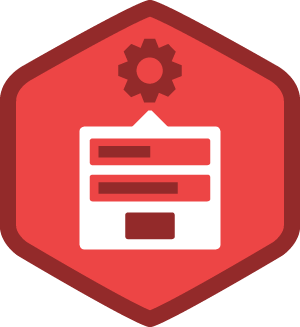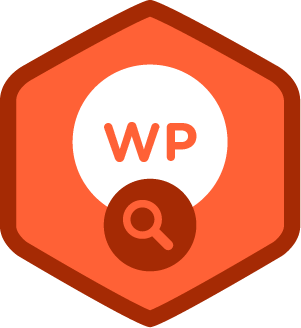Have you used your local library to learn about tech? Programming? Web site design and construction? If not, why not?
I haven’t been getting those materials from my local library, in Birmingham, AL. They didn’t have what I needed. I’ve bought my own books and training materials. Among them, off and on, was subscription access to Lynda.com. I’ve used Lynda training materials (first for websites, then for ongoing design software training) for almost 20 years. Until the past few years, it was not easy to afford.
Two and a half years ago, while attending a WordPress conference in Toronto, one of my fellow attendees, Alex Sirota, told me that Lynda.com had a library program (He has a write-up on his professional blog.) It’s been a big success for the Toronto Public Library system, with city residents using it to learn needed skills quickly. This is a great example of the idea of “city-as-a-platform”, in which the city/region/state works to make it easier for more residents to pick up in-demand skills.
I’m currently using Lynda.com to learn about systems administration and security, and Windows 7 & 10 deployments. Since my last use three years ago, they’ve added more IT and programming related materials to their existing design-software core. Most of it is introductory through intermediate, but it’s enough to give me direction as to what I should be studying next.








